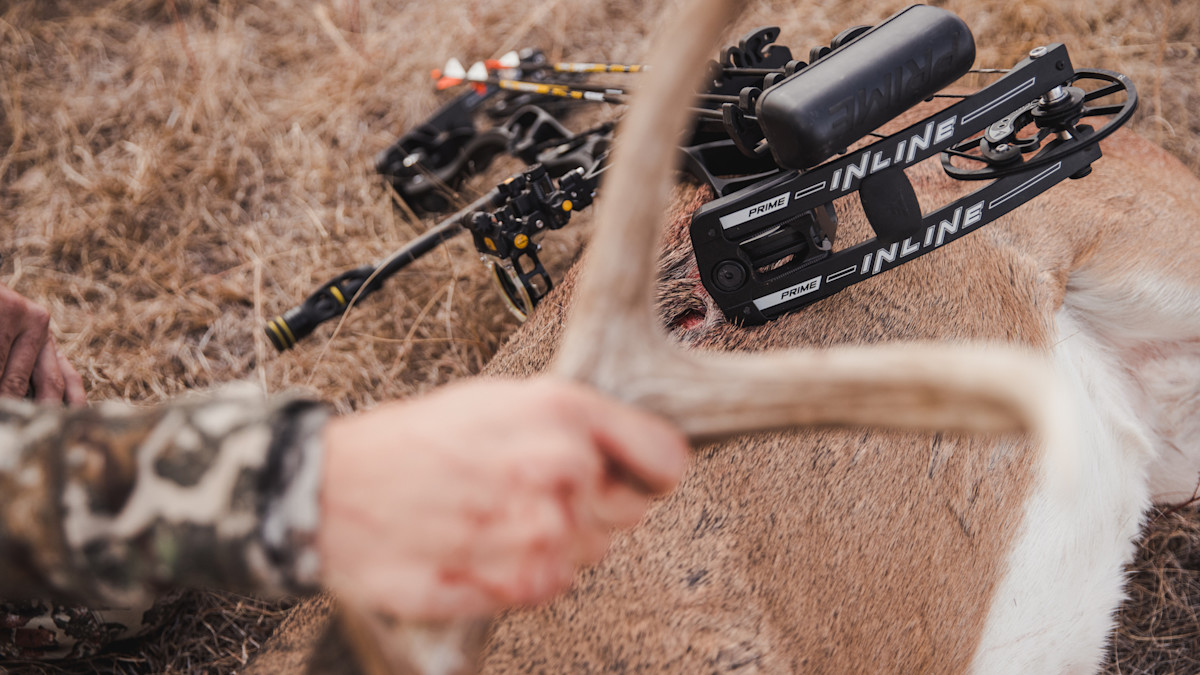
A few years back, I decided it was time to change some things—or, I suppose some of that decision was made for me. Life has a way of doing that. One of the biggest changes was the amount of time I could dedicate to hunting. With just weekends and perhaps a week or two of vacation available each year, I knew it was critical to be as efficient as possible and maximize my available hunting time by minimizing the amount of time wasted.
And, when it comes to wasting time, bowhunters know more than anyone that gear can be a culprit. Oftentimes, we pick up the latest and greatest without realizing that it simply complicates things. So, I started eliminating and got rid of some of the clutter.
Here are a few of the things I ditched and haven’t missed since.
Bow Accessories
I’m using the term “accessories” here because it may be a bit too crass to call it “crap.” That being said, hunters put a whole lot of stuff on bows that’s simply not necessary and, in my experience, only adds complexity to what should be a simple tool. I used to run a single-pin, adjustable sight, longer stabilizer, along with whatever latest and greatest new gadget came along.
Ultimately, it took longer to sight in, longer to tune, and increased the chance of mechanical failure. So, I stripped my bow down and now run a simple, but rugged three-pin sight and nothing more. I still use a stabilizer, but it’s a four-inch model that mainly serves as a place for attaching my wrist sling. I don’t miss the adjustable sight in the least and definitely don’t miss having more dongles dangling from my bow.
Piles of Stands and Sticks
I used to own an embarrassing number of tree stands. At one time, I had somewhere around 50 stands and climbing stick sets. With less time to hunt, I now have less time to rotate stands—or even set them up at all. So, I ditched all but a few and adopted a mobile approach. Yes, my tree saddle has replaced my need for a tree stand in some instances, but I also don’t think saddles are the best option in a lot of situations.
Rather than focusing on multiple stand setups, I have learned to rely on light stands and sticks that allow me to move locations quickly and with minimal hassle. An unexpected benefit of this lighter/faster/less hassle system? I’m more willing to take advantage of fresh sign. Previously, with dozens of stand locations in place, I was more tied to those locations even though I had lots of options. Now, I scout more intensely during the season and take advantage of what the deer are doing right then rather than what I “think” they might be doing in the future.
The Big Pack
It makes me chuckle to think about the types of packs I used to carry for a day in the woods. I still carry a pack on occasion, but only when it’s completely necessary. And even then, it’s less than half the size of what I used to carry. At most, I’ll carry a few bottles of water, a couple of sandwiches, and maybe a trail camera. That’s it.
For most outings, I’ll opt for a small fanny pack that has just a few essentials—paracord for pulling up my bow, a roll of electrical tape (for securing tags to antlers, repairs, etc.), a bottle of water, and some food. I can’t even begin to explain the sense of freedom I feel not having a heavy, bulky pack on my back. By ditching it, I was able to pare down my gear to the essentials: what I need to hunt with and nothing more.
I’m not saying accessories, tree stands, and big packs don’t have their place. What I am saying is there’s a lot of value in taking a good, hard look at the way you hunt and the equipment you take with you into the field. Is the gear actually making your experience better? Or is it dead weight? It’s a question worth asking, and you’ll be surprised how far the answer can take you.





